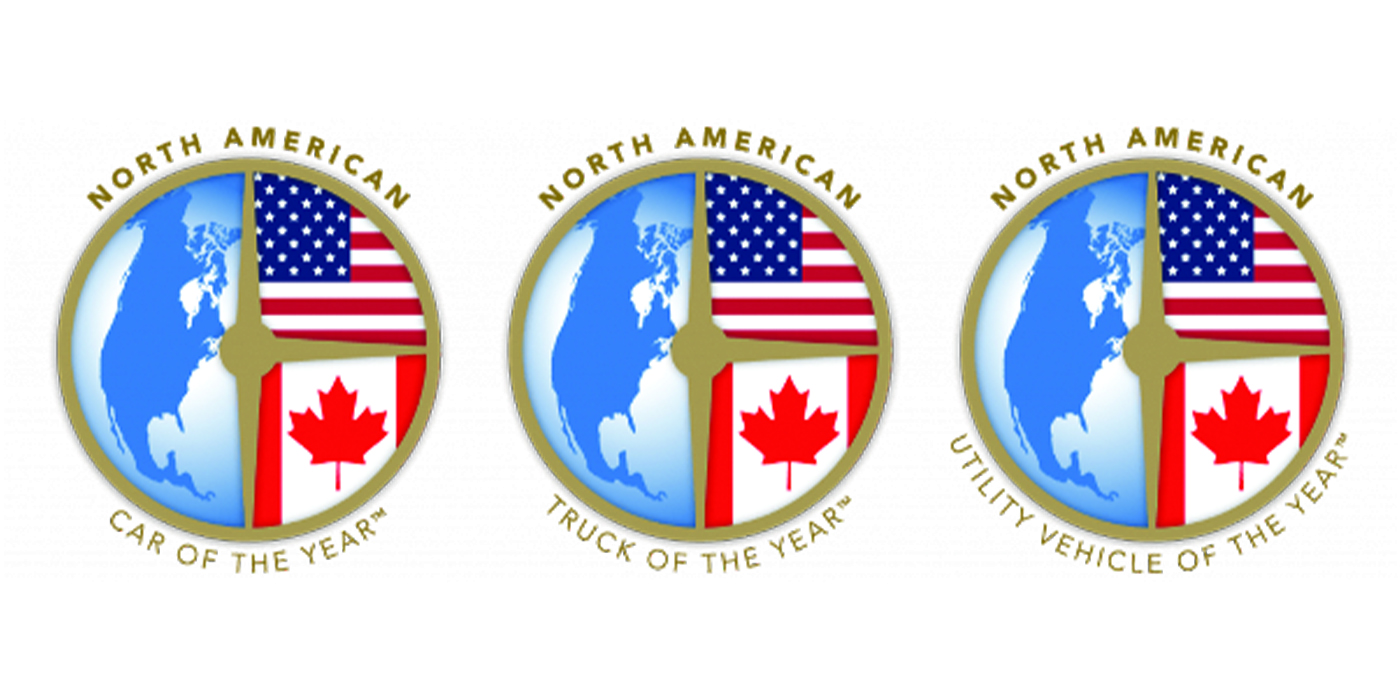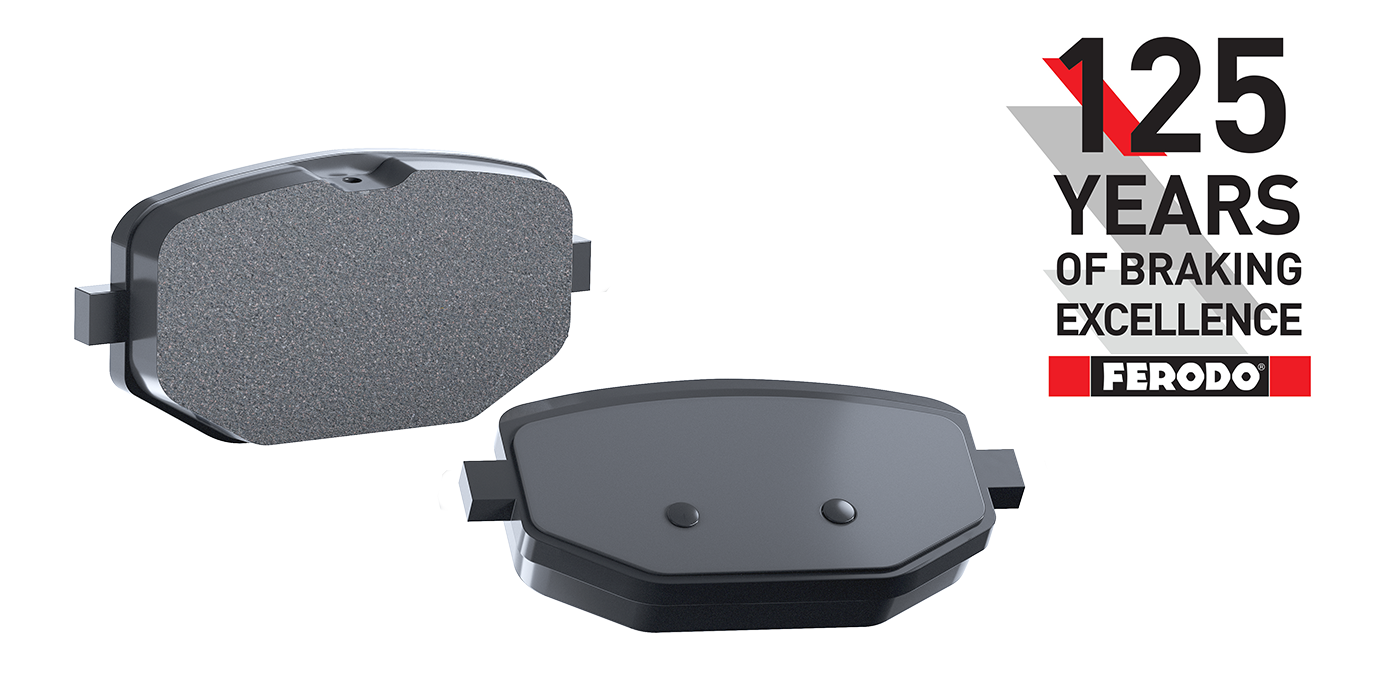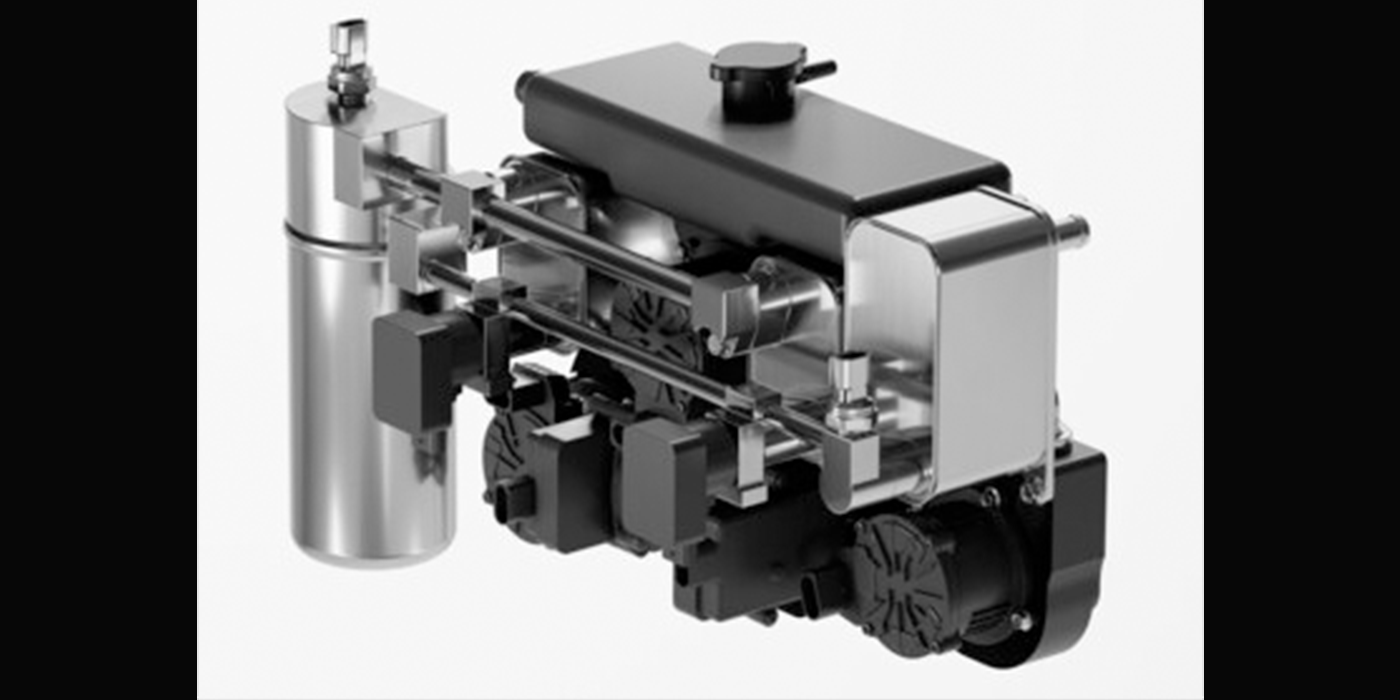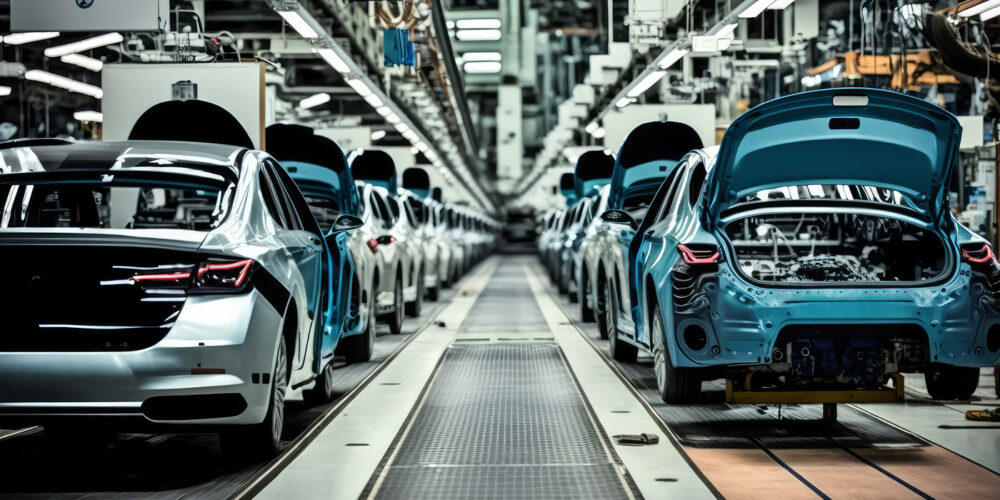U.S. ARMY DETROIT ARSENAL, WARREN, Mich. – The U.S. Army Tank Automotive Research, Development and Engineering Center (TARDEC) will host a ribbon cutting ceremony on Dec. 16 to initiate the start of hydrogen fuel cell testing with GM at the U.S. Army’s new Ground System Power and Energy Laboratory (GSPEL). The event also will highlight and celebrate numerous Cooperative Research and Development Agreements (CRADAs) that TARDEC has collaborated with industry partners on throughout the years to enhance awareness of innovative technologies critical to enabling military ground systems and future energy capabilities.
At the GSPEL grand opening last year, U.S. Army officials encouraged industry and academic stakeholders to partner with government scientists and engineers to use the GSPEL’s new high-tech facilities to develop new dual-use power and mobility solutions that would benefit both industry and military researchers.
“Through CRADAs, the Army has the opportunity to leverage its research and development efforts with industry,” explained TARDEC Director Dr. Paul Rogers. “A goal of TARDEC is to demonstrate a battlefield fuel reduction to reduce the logistical burden on our warfighters. CRADAs, such as the one with GM, will assist in maturing and accelerating technologies critical to the Army’s future ground vehicle platforms.”
CRADAs are established between federal laboratories and commercial, academic or nonprofit partners to facilitate technology transfer between the parties for mutual benefit. Under a CRADA, the partner may contribute resources such as personnel, services, property and funding to the effort. The government can contribute all of the above except funding. CRADAs also allow for the negotiation of licensing arrangements for patented inventions developed at the laboratories.
Vehicle Quality Trending in the Wrong Direction: JD Power
From cupholders and door handles to ADAS features, reported problems are rising at record levels.
The proliferation of technology in today’s vehicles might be coming at a cost.
According to J.D. Power’s 2023 U.S. Initial Quality Study, the number of problems per 100 vehicles (PP100) has gone up by a record 30 PP100 over the past two years – suggesting that quality is taking a backseat to innovation in the auto industry.
Japanese-Brand Automakers in US: $60.4B in Plants, 2.29M Jobs
New data highlights Japanese-brand automakers’ contributions to the U.S. economy and workforce.

Toyota Transforms Alabama Engine Plant with Clean Energy
Toyota, Toyota Tsusho America and Huntsville Utilities announce 168-acre solar project.
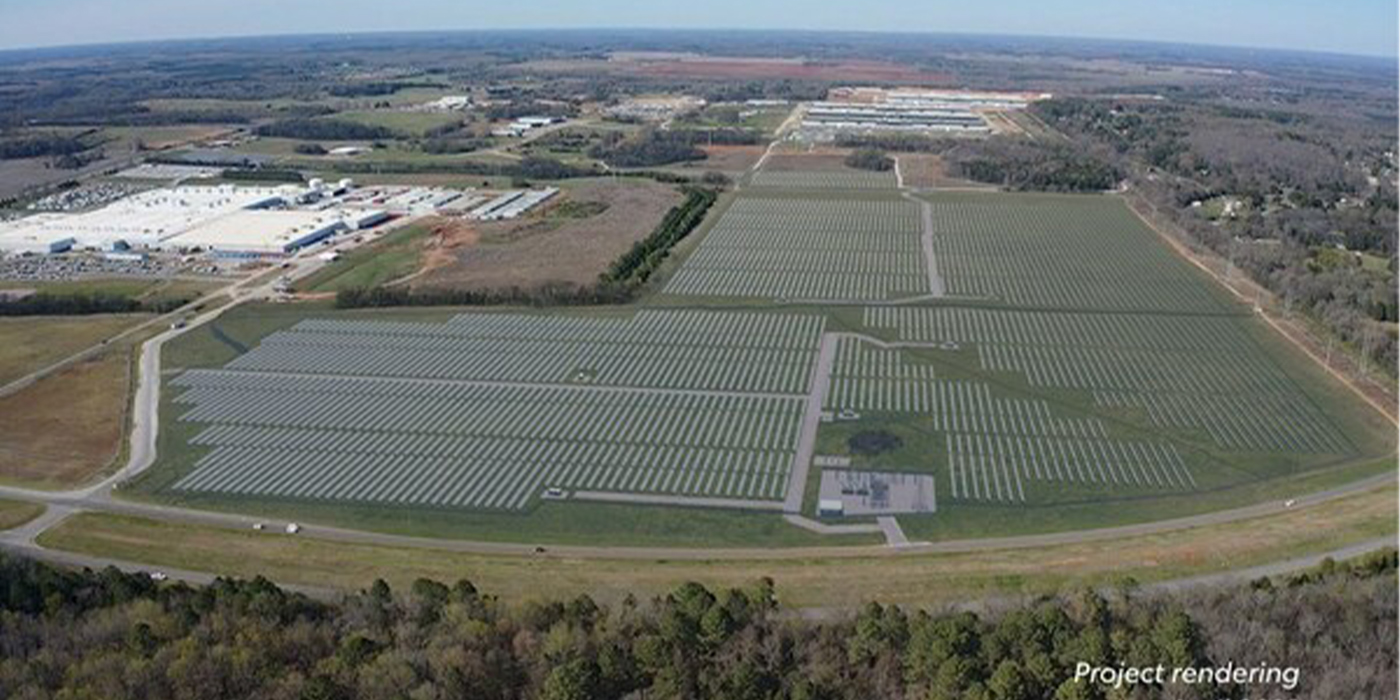
IIHS Strengthens Requirements for TOP SAFETY PICK Awards
Only 48 models qualify for 2023 awards thanks to stiffer requirements for headlights and side crash protection.
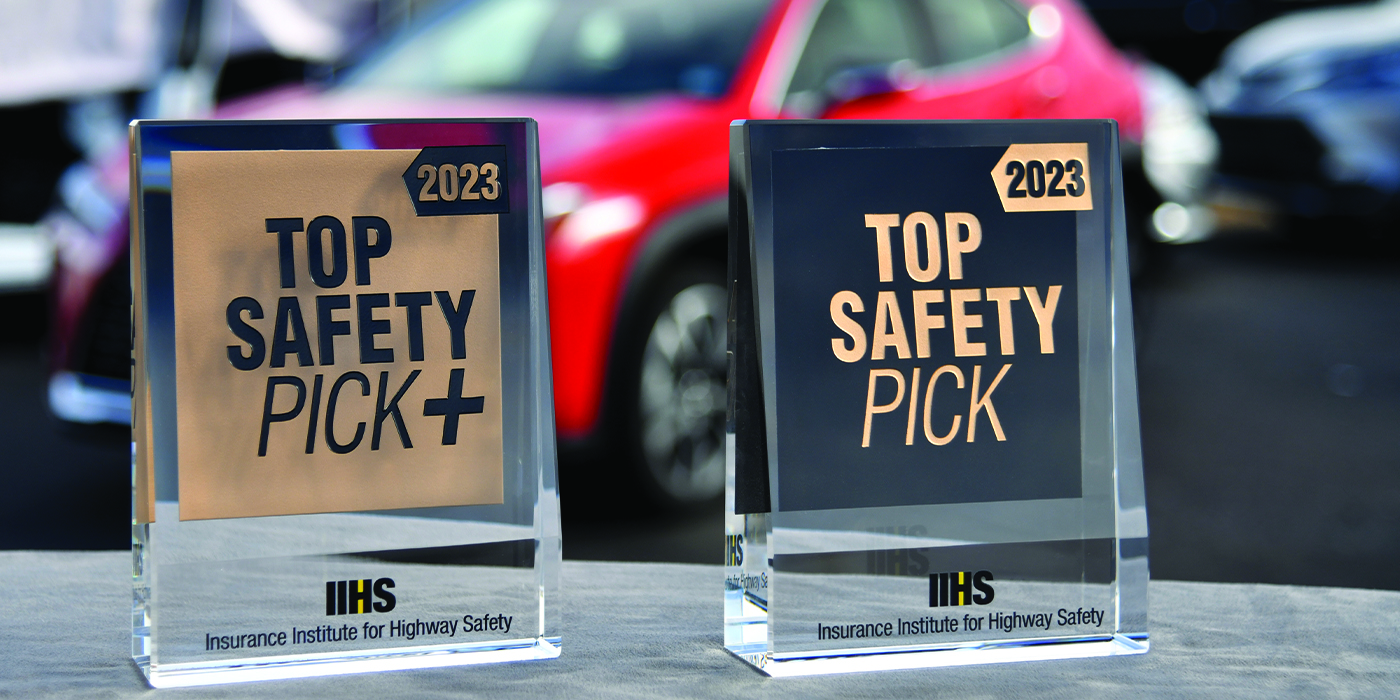
Magna Wins GM Battery Enclosures Business
Magna will supply battery enclosures for the all-new 2024 Chevrolet Silverado EV.
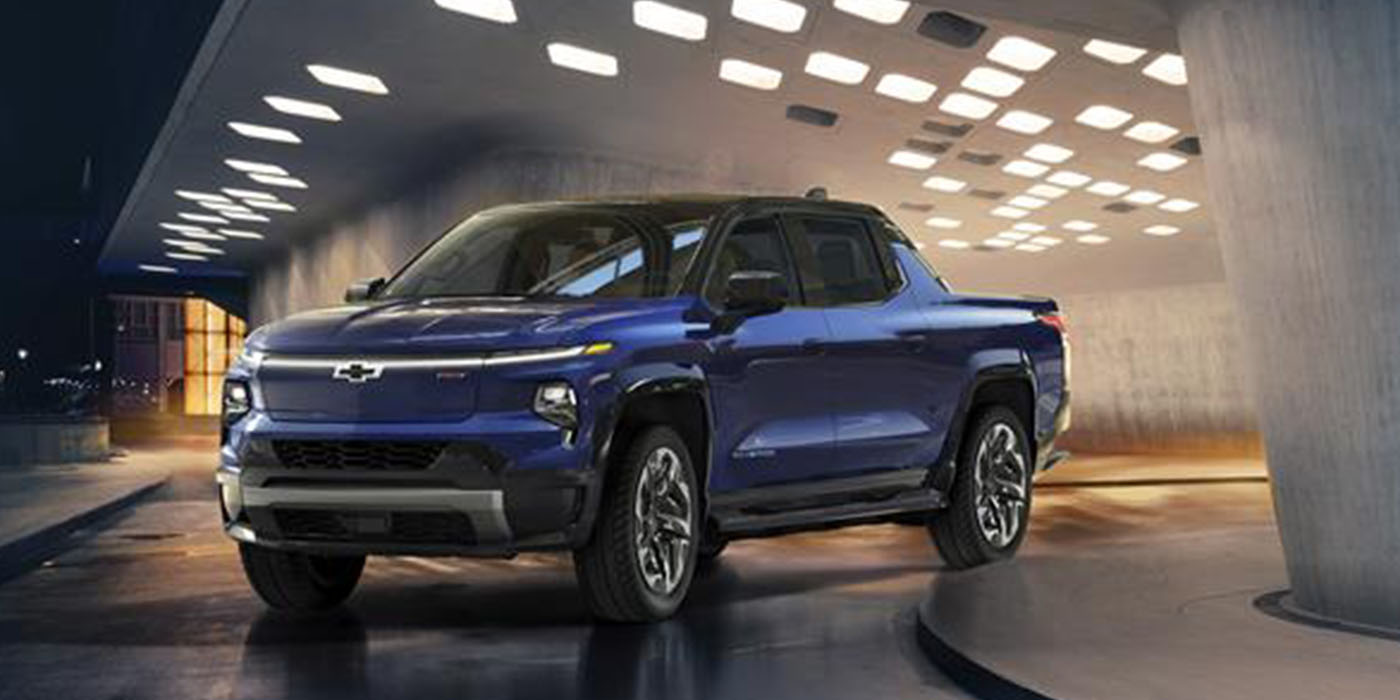
Other Posts
Magna’s ClearView Vision System Comes to Market on Ram Truck
The product combines interior and exterior mirrors, cameras, electronics and software.
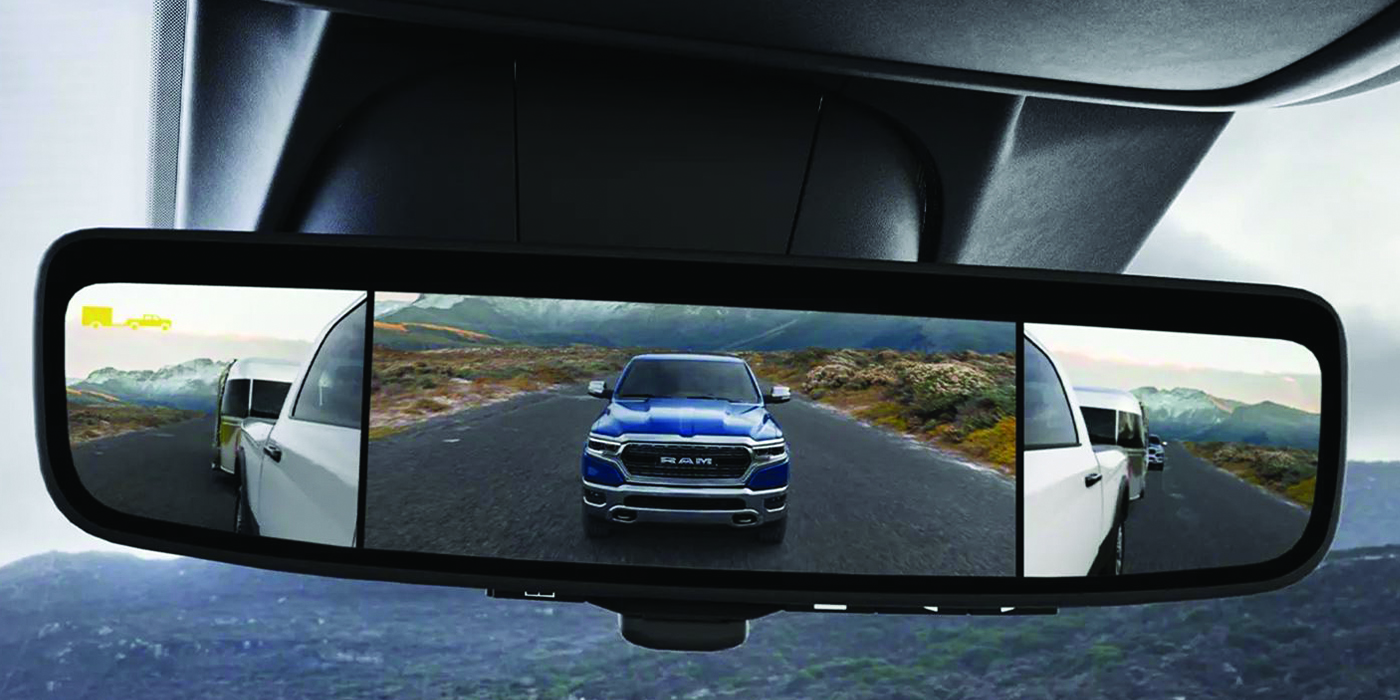
Bridgestone Partners with Lamborghini on Supercar Run-Flat
Bridgestone says the Dueler All-Terrain AT002 is the first supercar all-terrain tire featuring run-flat technology.
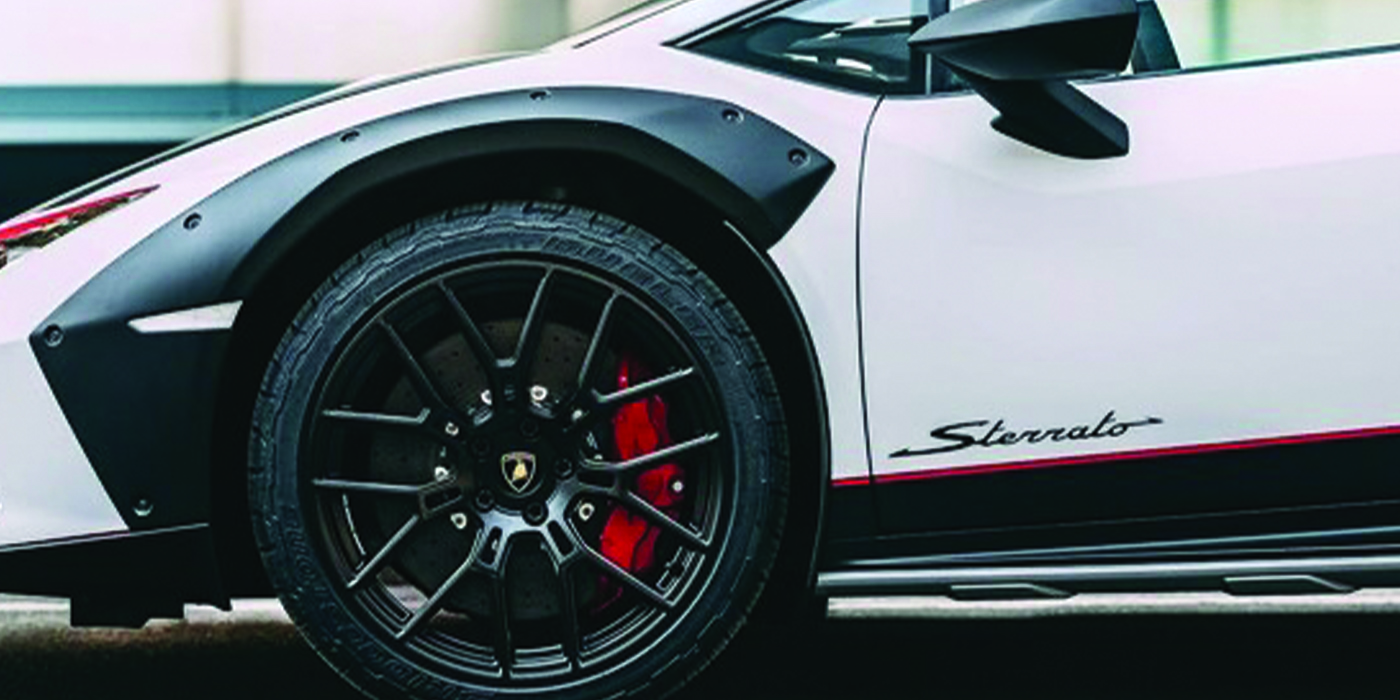
BASF Color Report: Automotive Color Rainbow is Expanding
While white and black still win, chromatic colors gain market share around the globe.

Car, Truck & Utility Vehicle of the Year Announced
Winners were selected after hundreds of hours of test driving, research and evaluation.
